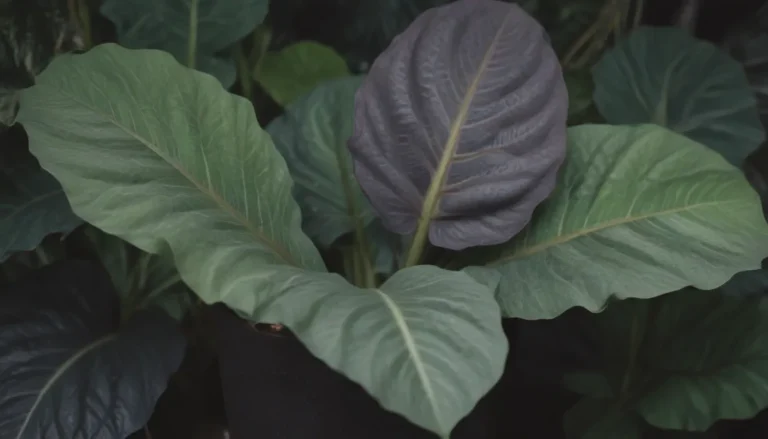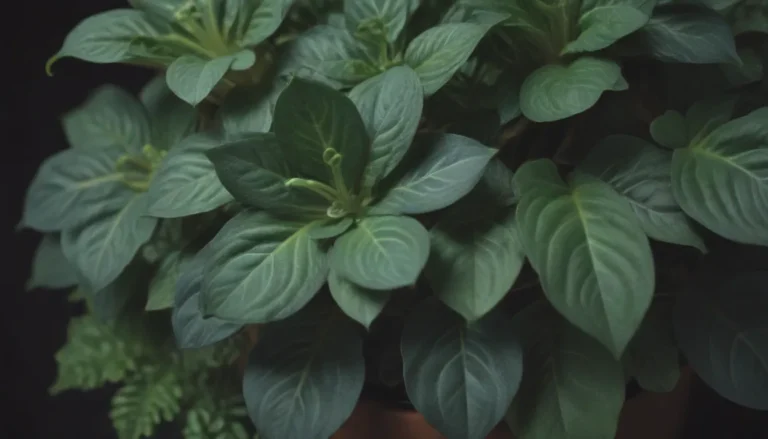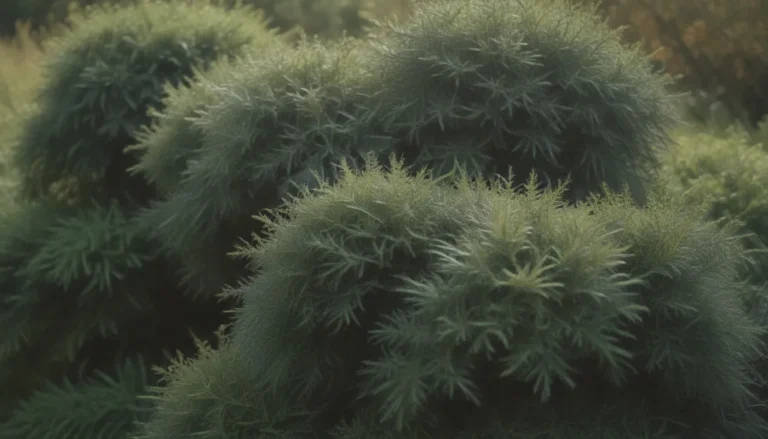A Comprehensive Guide to Growing and Caring for Philodendron Dark Lord

Are you a plant lover looking to add a touch of elegance to your indoor space? If so, the Philodendron Dark Lord might be the perfect plant for you. This tropical houseplant is known for its striking dark foliage and low-maintenance nature, making it a popular choice among plant enthusiasts. In this article, we will explore everything you need to know about growing and caring for the Philodendron Dark Lord to ensure that your plant thrives in its new environment.
Introduction to Philodendron Dark Lord
The Philodendron Dark Lord, scientifically known as Philodendron erubescens ‘dark lord’, is a hybrid plant derived from the stunning Philodendron imperial red. Its care and temperament are quite similar to its parent plant, making it relatively easy to maintain once you get your hands on one. While this plant is considered somewhat rare and challenging to find, the good news is that it is relatively easy to keep happy indoors once you have one in your possession.
Native to the tropical jungles of Central and South America, the Philodendron Dark Lord can thrive outdoors in USDA zones 10b to 11b. However, it typically does best as a houseplant where its growing conditions can be closely monitored. It’s important to note that like all philodendrons, the dark lord is toxic to pets and humans if ingested, so caution should be taken if you have children or pets in your home.
Philodendron Dark Lord Care Guide
Light
The Philodendron Dark Lord thrives best in a location that receives bright, indirect light. While it can tolerate low light conditions, the foliage may become leggy and less vibrant. It is important to avoid prolonged exposure to harsh, direct sunlight as this can lead to leaf burn.
Soil
Plant your Philodendron Dark Lord in an airy, well-draining soil mix that is slightly acidic. Standard indoor potting soil on its own may be too dense for this plant, which is prone to root rot if the soil does not drain well. Consider using a soil mix designed for aroids or create your own by combining equal parts indoor potting soil, perlite, and orchid bark mix.
Water
Allow the soil to partially dry out between waterings and then water thoroughly, ensuring that excess water drains from the pot’s drainage holes. In spring and summer, you may need to water your plant about once a week, while in fall and winter, watering once every one to two weeks should be sufficient. Avoid overwatering to prevent root rot, as the Philodendron Dark Lord is a moisture-loving plant.
Temperature and Humidity
The Philodendron Dark Lord thrives in warm, slightly humid conditions reminiscent of its native tropical habitat. Keep your plant in an area with average household temperatures, avoiding exposure to temperatures below 65 degrees Fahrenheit for extended periods. While it can tolerate average household humidity levels, providing additional humidity through methods like using a humidifier or a pebble tray can help the plant thrive.
Fertilizer
Regular fertilization during the active growing season is beneficial for the Philodendron Dark Lord. Use a balanced liquid fertilizer diluted to half strength every three to four weeks during watering to promote healthy growth. Alternatively, you can incorporate slow-release fertilizer into the soil at the beginning of the growing season.
Pruning and Propagating Philodendron Dark Lord
Pruning
While the Philodendron Dark Lord does not require regular pruning, you may choose to trim it to control the size of mature plants. Wait until spring or summer when the plant is actively growing, and use sharp, clean pruning shears to prune the stems to the desired height. Stem cuttings with nodes can be used for propagating new plants.
Propagating
Propagating the Philodendron Dark Lord is relatively easy using stem cuttings. The best time for propagation is during the active growing season, but you can attempt it at any time of the year. Follow these simple steps to propagate your plant successfully:
- Select a healthy stem cutting with nodes.
- Trim the cutting just below a node.
- Place the cutting in water or moist soil.
- Keep the cutting in a warm, bright location and watch for roots to develop.
Potting and Repotting
Repot your Philodendron Dark Lord only when it has outgrown its current pot, usually every one to two years. Signs that it’s time to repot include roots growing from the drainage holes or circling the inside of the pot. Choose a slightly larger pot, remove the plant from its current container, and gently transfer it to the new pot with fresh, well-draining soil. Water the plant thoroughly after repotting to help settle the soil.
Common Pests and Plant Diseases
While the Philodendron Dark Lord is not particularly prone to pests, common houseplant pests such as spider mites, mealybugs, scale, and fungus gnats can still pose a threat. Watch out for these pests and treat them promptly if you notice an infestation. Additionally, fungal rust spot diseases can affect philodendrons, including the Philodendron Dark Lord. Trim affected leaves and apply a fungicide as needed to combat these diseases.
Common Problems with Philodendron Dark Lord
Despite being a low-maintenance plant, the Philodendron Dark Lord may occasionally encounter issues that can impact its health. Keep an eye out for the following problems:
Slow or Stunted Growth
If your Philodendron Dark Lord is exhibiting slow or stunted growth, it may be due to factors such as insufficient sunlight, underwatering, under-fertilization, or the need for repotting. Address these issues to promote healthy growth in your plant.
Brown Spots on Leaves
Brown spots on the leaves can indicate various issues, including fungal infections, leaf burn, lack of humidity, underwatering, or overly dry conditions. Identify the cause of the brown spots and take appropriate measures to address it.
Yellow Leaves
Yellowing leaves may result from insufficient sunlight, underwatering, lack of humidity, pests, or overwatering. Evaluate the plant’s growing conditions to determine the cause of yellowing leaves and make necessary adjustments.
In conclusion, the Philodendron Dark Lord is a stunning yet low-maintenance tropical plant that can thrive in indoor environments with proper care. By following the guidelines outlined in this comprehensive care guide, you can enjoy a healthy and flourishing Philodendron Dark Lord in your home. Remember to provide adequate light, well-draining soil, appropriate watering, and regular fertilization to support the plant’s growth. With a little attention and care, your Philodendron Dark Lord will reward you with its beautiful dark foliage and elegant presence in your living space. Happy growing!





